Here are 16 fascinating Indian Culture, Traditions and customs
- Greetings
- Religious Customs
- Festivals of India
- Family Structure & Marriage
- Symbols
- Cuisine & Food
- Traditional Clothing
- Dances of India
- Epics & Mythology
- Martial Arts
- Languages
1. Greeting - The Namaste

The Namaste is one of the most popular Indian customs and isn't just restricted to the Indian territory anymore. You have Barack Obama, who has been seen doing it on various occasions, or you had Ban Ki-Moon, the UN Secretary-General, greeting everyone with a namaste at the Times Square in New York on the first International Yoga Day.
But, what's the significance?
The Namaste, or namaskar, or 'namaskar' is one of the five forms of traditional greetings mentioned in the ancient Hindu scriptures, the Vedas. It translates to 'I bow to you', and greeting one another with it is a way of saying 'May our minds meet', indicated by the folded palms placed before the chest. The word Namaha can also be translated as 'na ma' (not mine), to signify the reductions of one's ego in the presence of the other.
2. Festivals & Religion - Always a Festive Season
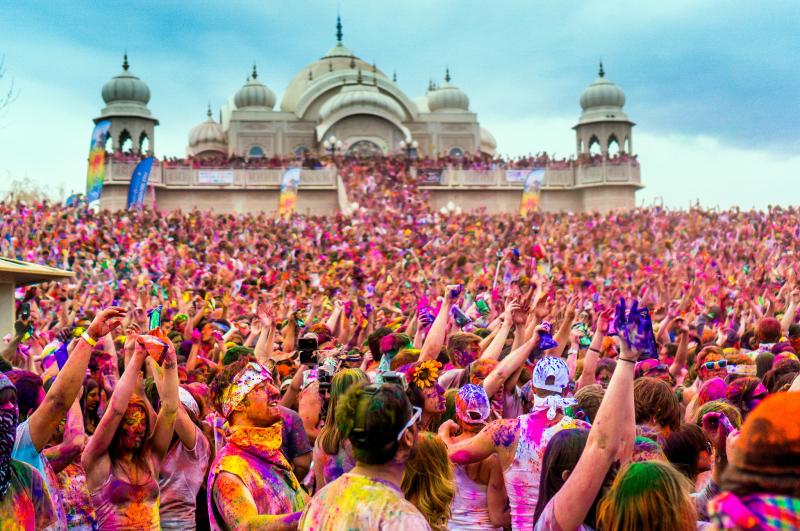
It's always festive in India (Source)
India also sees a large number of festivals, mainly because of the prevalence of diverse religions and groups. The Muslims celebrate Eid, the Christians have Christmas and good Friday, the Sikhs have Baisakhi (harvesting of crop), and the birthdays of their Gurus and the Hindus have Diwali, Holi, Makar Sakranti, the Jains have Mahavir Jayanti, the Buddhists celebrate the Buddha's birthday on Buddha Poornima, and quite honestly, the number is endless. All of these translate to holidays in our book, of course.
Read more on Festivals in India & Harvest Festivals in India
3. Family Structure - Joint Families
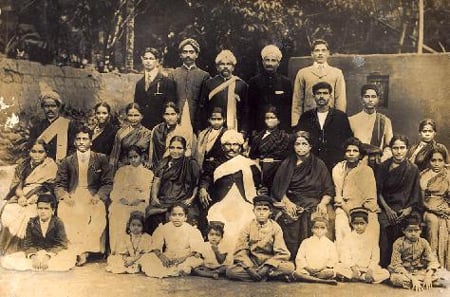
A Joint Family (Source)
Also, in India, there exists the concept of a joint family, wherein the entire family (parents, wife, children and in some cases, relatives) all live together. This is mostly because of the cohesive nature of the Indian society, and also reportedly helps in handling pressure and stress.
4. Symbols - Fasting

Fasting is an integral part of Hindu Culture. Fasts or Vrats or Upvas are a way to represent your sincerity and resolve, or express your gratitude to the Gods and Goddesses. People throughout the country observe fasts during various religious occasions. Some people also observe fast on different days of a week in favour of a particular God or Goddess associated with that specific day. It is widely believed that by doing so, you are depriving your body of a basic necessity and thus, punishing yourself to cleanse off the sins that you have committed until the day of fast.
The rules and regulations of a rapid are in accordance with the particular occasion. The origin of fast probably comes from the Vedic ritual of kindling the sacrificial fire for sacrifice purposes. Since the word 'upvas' has been used for denoting both fasts and kindling sacrificial fire, it can be thought that people observed fasts when they had to kindle or rekindle the domestic fires kept in their homes to perform daily sacrifices.
5. Religious Customs - Holy Cow
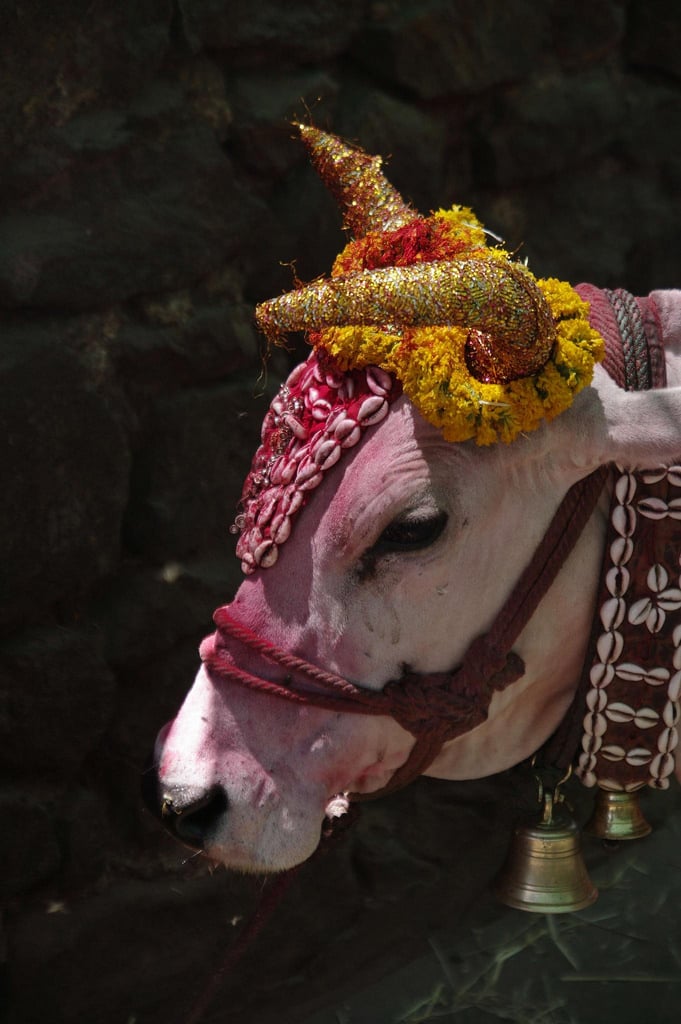
Cow, in the Indian culture, is considered to be a Holy animal. She is worshipped as a maternal figure and is a depiction of the bounty of Mother Earth. Lord Krishna, who grew up as cow herder is often depicted as playing his flute among cows and Gopis (milkmaids) dancing to his tunes. Interestingly, Lord Krishna is also known by the name of 'Govinda' or 'Gopala', which translates to the 'friend and protector of cow'. Hence, cows have an auspicious significance in Indian Culture and religion.
Even Lord Shiva's trusted vehicle is Nandi- the sacred bull. Thus, feeding a cow or making contributions for cow shelters is of immense religious importance for Indians. The Vedic scriptures, in various verses, have emphasised the need to protect and care for cows. Cows are a source of life-sustaining milk. Even the cow dung is an essential and energy-efficient source of fuel, especially in rural India. Killing the cow or consuming cow meat is considered to be a sin. Hence, several states in India have banned the slaughter of cows by law. Mother cow is, however, not worshipped as other deities. The religion and culture of India appreciate and expresses its gratitude towards this innocent animal who gives back to mother Earth and its people in more than one form.
6. Architecture - The Science Behind Temples
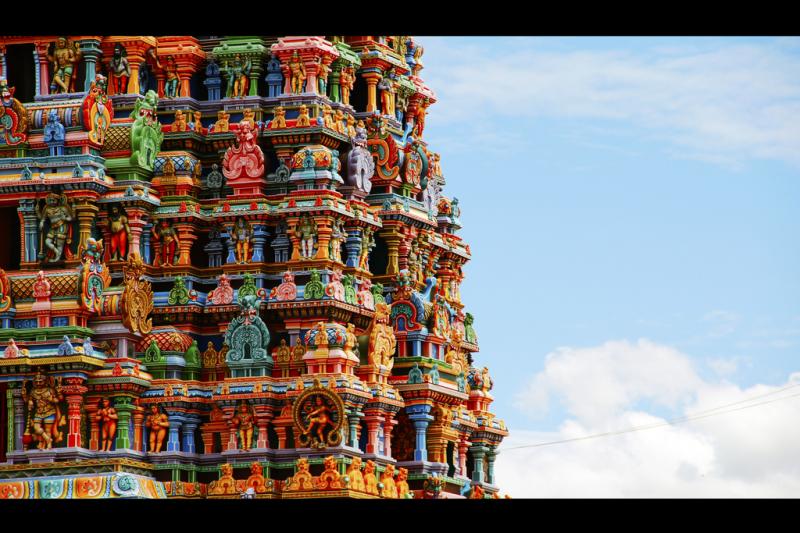
Temples (Source)
Most temples are located along magnetic wave lines of the Earth, which help in maximising the available positive energy. The copper plate (called Garbhagriha or Moolasthan) buried under the main idol absorbs and resonates this energy to its surroundings. Going to the temple often helps in having a positive mind and garnering positive energies, which in turn lead to healthier functioning.
It is also a practice to take off footwear before entering places of worship because they would bring in the dirt to an otherwise cleansed and sanctified environment.
7. Marriage - Arranged Mariage System
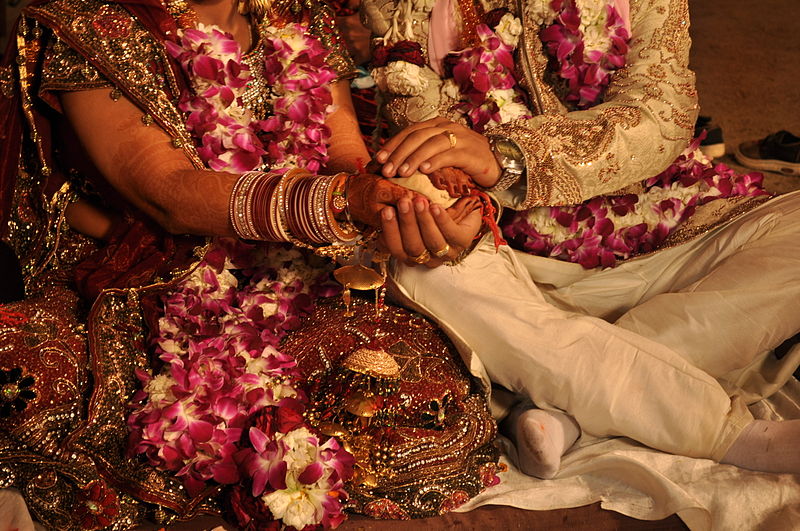
The concept of arranged marriage in India traces its origin to as early as the Vedic times. For royal families, a ceremony known as the 'Swayambar' would be arranged for the bride. Suitable matches from all over the kingdom were invited to either compete in some competition to win over the bride, or the bride would herself choose her ideal husband. Even today, the concept of arranged marriage remains a favourite among Indians and is an integral part of 'Indian Traditions'.
8. Religious Symbols
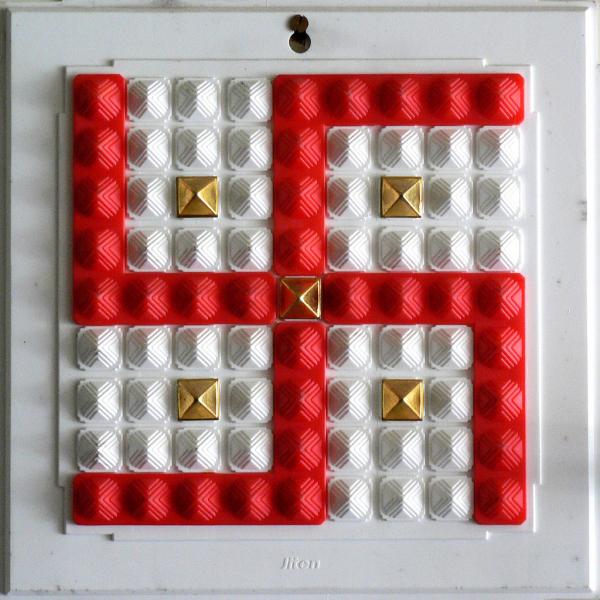
The Swastika (Source)
The Indian traditions and scriptures contain various signs and symbols which have multiple meanings. For example, the usage of the Swastika, in the Indian context, does not point towards Adolf Hitler or Nazism. It is the symbol of Lord Ganesha, the remover of obstacles. The arms of the Swastika have various meanings. They signify the four Vedas, the four constellations, or the four primary aims of human pursuit.
9. Traditions and Customs - Atithi Devo Bhavah
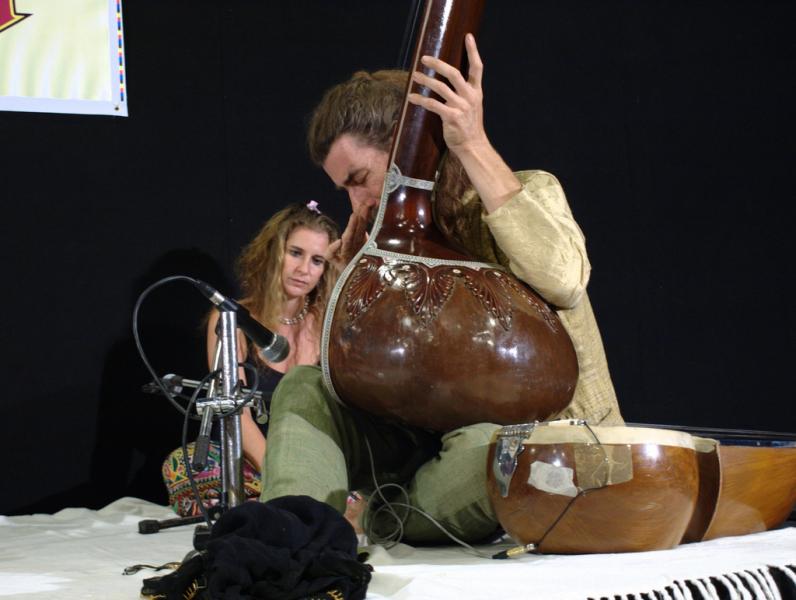
In India, the saying 'Atithi Devo Bhavah' is also integral. It means 'the guest is equivalent to god'. It is a Sanskrit verse taken from the Hindu scriptures, which later became a part of the 'Code of conduct for Hindu society since the guest has always been of supreme importance in the Culture of India.
10. Dresses of India - Indian Ethnic Wear
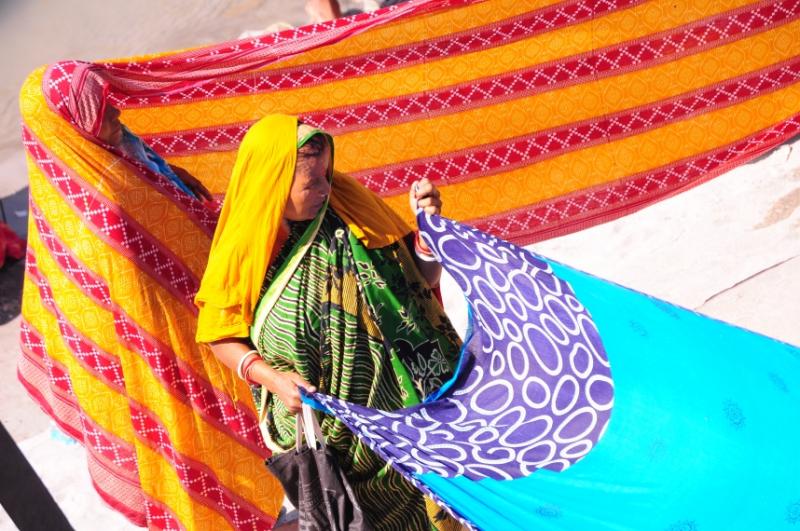
Indian women are often seen sporting 'saris'. The sari is a single cloth and needs no stitching; it is easy to make and comfortable to wear, and also adheres to religious etiquette. It initially started as a Hindu tradition but has very elegantly spread across all religions. The same applies to the more functional 'Kurta-Pyjama', and the formal wear of 'Sherwani' for Indian men of all faiths.
11. Indian Dances

India is a land of 'unity in diversity', and our dances are no different. Different forms of dance(classified as folk or classical) find origin from different parts of the country, and they are a way of representation of the particular culture from which they originate. Eight classical dances, which are classified as Indian classical dances and find a mention in the Hindu Sanskrit text 'Natyashashtra', (a text of performing arts) are:
- Bharatnatyam from Tamil Nadu
- Kathakali from Kerela
- Kathak from North, West and Central India
- Mohiniyattam from Kerela
- Kuchipudi from Andhra Pradesh
- Oddisi from Odhisa
- Manipuri from Manipur
- Sattriya from Assam
All the dance mentioned above forms are a complete dance drama, wherein a dancer or performer narrates an entire story, almost entirely and exclusively through gestures. Such stories are mostly based on the vast Indian mythology. Classical dances in India are strictly classified as and performed according to the rules and guidelines prescribed in the Natyashastra. Just like Classical dances, folk dances in India too originate from different regions of the country. These performances are mostly based on stories which are orally passed on from one generation to the other.
Folk dances mainly trace their importance to the rural areas, where performances depict the day to day life of rural inhabitants. The process for a suitable match is one long and tiring effort, which begins with matching some criteria like the horoscope, religion, caste, professional stature, physical appearance and culture. It is made sure that majority of the requirements are a 'match made in heaven' (even if it has to be tailor-made). After all the checkboxes are ticked, the elders of the family meet for a face to face interaction. Once the talks are successful, preparations for the wedding begin in full swing.
Read more on Dances of India
12. Cuisine - Indian Food
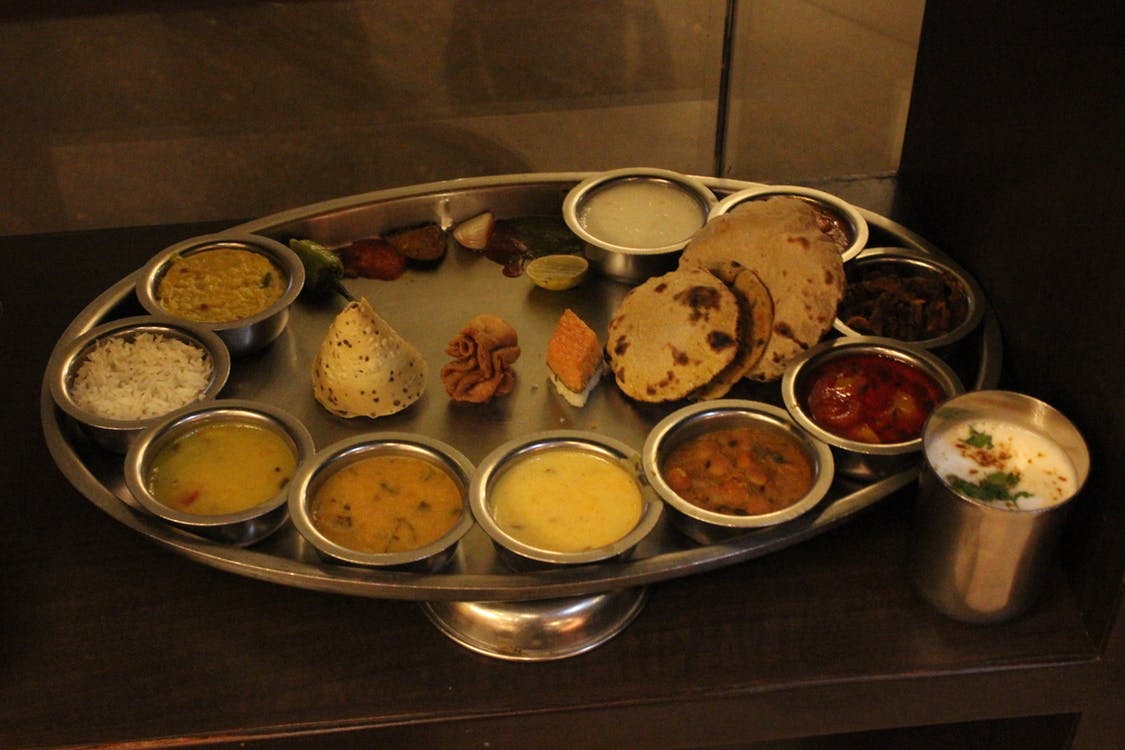 Indian food and cuisine not only form an integral part of the culture of India but are also one of the critical factors of India's popularity worldwide. The style of cooking varies from region to region, though unanimously, Indian food has a significant reputation for its extensive use of spices and herbs. Just like dances, religious practices, language and clothes, you will also find a wide variety of food throughout the country. Almost every region is known for a signature dish or ingredient.
Indian food and cuisine not only form an integral part of the culture of India but are also one of the critical factors of India's popularity worldwide. The style of cooking varies from region to region, though unanimously, Indian food has a significant reputation for its extensive use of spices and herbs. Just like dances, religious practices, language and clothes, you will also find a wide variety of food throughout the country. Almost every region is known for a signature dish or ingredient. The staple, however, throughout the nation consists mostly of rice, wheat and Bengal gram (Chana). While vegetarian food is an integral part of Gujrati South Indian and Rajasthani cuisines, non-vegetarian dishes form a central part of Mughlai, Bengali, North Indian and Punjabi cuisine. It is also interesting to note that specific cuisines like that of Kashmir have also been influenced by foreign cooking styles from Central Asia, Persia and Afghanistan.
Read more on Indian Traditional Food & Street Food of India
13. Scriptures - Epics

14. Indian Martial Arts

15. Eating with Hands

16. Languages

India is socially, culturally, and linguistically very diverse. Hindi and English are widely spoken and recognised for official purposes. Other than than, there are 22 scheduled languages recognised by the constitution of India. However, more than 400 languages and dialects in India are still not known. Dialects change even with a few kilometres of travel in the state. Over the years, about 190 languages have become endangered due to very few surviving speakers.
There exist thousands of traditions and culture in India, and quite a few of them would leave outsiders rather curious. But the crux of Indian society and culture has always been to be well mannered, polite, respect others, and progress together.